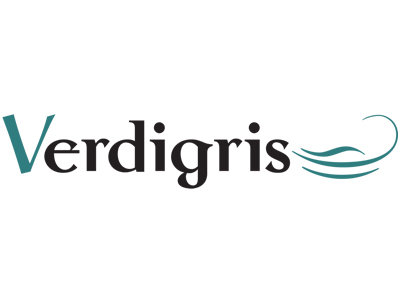Despite all the excitement about cutting out plastic, it’s
unrealistic to think that all printed plastics will disappear.
However it’s not unrealistic to start thinking about improved
collection and recycling models for them. This is a massive problem
and one that impacts printers in the packaging and sign and display
sectors particularly. Unlike paper and board, few plastics readily
biodegrade so their value is low.
Recycling plastic is tricky because there are so many different
types, with at least four used for bottles and bottles often have
caps made from a different plastic which has to be processed
separately. There are many applications and materials such as
plastics used in vehicle wrapping and foam board banners which can
be recycled but for which there are relatively few facilities.
This all makes it more complicated to sort and process the
plastics for other purposes. And then there is the cost involved.
It should be possible to recycle pretty much any plastic but the
costs of doing so may outweigh the benefits, particularly from an
environmental perspective. The more muddled the plastic source, the
less likely it is that high grade output will be obtained. This is
also a problem with paper recycling, however many deinking mills
have moved with the times and can produce deinked pulp suitable as
a raw material for various paper grades.
Plastic packaging and sign and display materials are the prime
candidates for plastic recycling in the graphics industry. How this
material is processed into new raw materials requires management of
a variety of different steps, many of which are governed by local
considerations. Everyone needs to be involved to some extent, but
environmentalists must be realistic and accept that recycling has
also to be convenient for consumers. Sorting, collection, handling
contaminants, process complexity, output grade, value of the end
product all have to be taken into account.
It might be that these factors and the diversity of plastic
materials is too great for industrial recycling. It might make more
sense to process plastics nonspecifically and to use them for other
purposes. There are bicycle paths in the Netherlands made entirely
of recycled plastic. It’s still early days but we can trust that as
soon as a viable commercial opportunity is clear that plastics
recycling and reuse will become widespread.
– Laurel Brunner
This article was produced by the Verdigris Project, an
industry initiative intended to raise awareness of print’s positive
environmental impact. This weekly commentary helps printing
companies keep up to date with environmental standards, and how
environmentally friendly business management can help improve their
bottom lines. Verdigris is supported by the following
companies: Agfa Graphics, EFI, Fespa, HP, Kodak, Kornit, Ricoh, Spindrift, Splash
PR, Unity Publishing and Xeikon.





